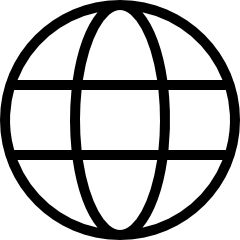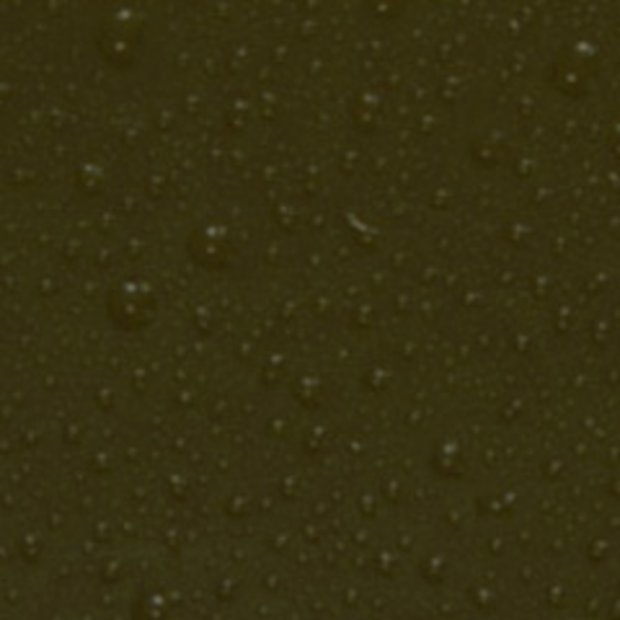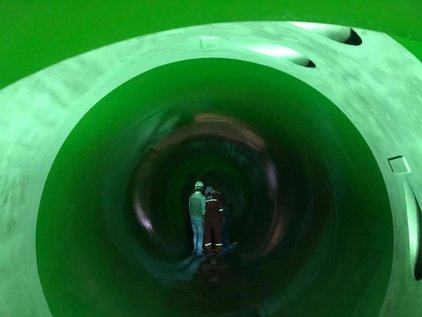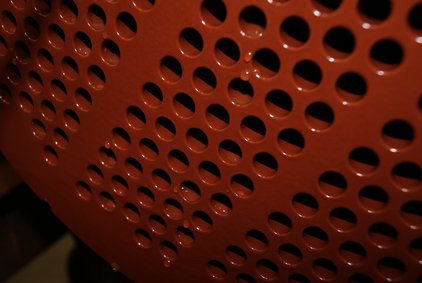Si 14 E BKW
Phenolic-Based Heat Cured Hydrophobic Lining for use as Top Coat for Si 14 E for Highly Acidic to Weak Alkali Media, especially Chlorinated Hydrocarbons. High Gloss, Clear Finish
SÄKAPHEN Si 14 E BKW is a high-quality hydrophobic single-component phenolic based thermosetting heat cured lining, developed as a top coat for Si 14 E.
Si 14 E BKW is chemically resistant to organic and inorganic acids, salt solutions, aliphatic and aromatic chlorinated hydrocarbons. Si 14 E BKW is also resistant to temperature fluctuations and once polymerized is fully machinable.
The lining film surface is hard elastic with excellent hydrophobic properties, preventing caking, fouling and incrustation.
Free from fillers and pigmentation as a final top coat for SÄKAPHEN Si 14 E, particularly for the internals of ISO Tank Containers, Vessels and Storage Tanks where protection from Chlorinated Hydrocarbons is required.
| Product name | Unit | SÄKAPHEN® Si 14® E BKW | |||
|---|---|---|---|---|---|
| Properties | - | Heat Cured Duroplast | |||
| Resin base | - | Phenolic resin blend | |||
| Field of Application | - | Filler-free and pigment-free top coat for Si 14® E, especially for the use inside tank containers, vessels and containers carrying chlorinated hydrocarbons. | |||
| Cure Mechanism | - | Heat cured | |||
| Quantity of components | - | 1 | |||
| Color | - | Clear (Topcoat on green) | |||
| Surface | - | Glossy | |||
| General chemical resistance (All resistances have to be inquired separately!) | - | Resistant to organic and inorganic acids, salt solutions, aliphatic and aromatic chlorinated hydrocarbons. | |||
| pH Range | pH | 1 - 8 | |||
| Wet Film Thickness per layer | µm | 50 | |||
| Total dry film thickness | µm | 25-30 | |||
| Coverage | approx. kg/m²/DFT | 0,2 kg / m² / 200µm | |||
| Surface Preparation | Sa | SA2 ½ - SA 3 | |||
| Surface Profile | µm | 40 - 60 µm | |||
| Temperature resistance dry (dry air oven) | °C | -20°C to +180°C/200°C | |||
| Temperature resistance wet (water) | °C | -20°C to +180°C/200°C | |||
| Resistance to water vapor diffusion | °C | ≤ ∆T 30°C | |||
| Overcoating Waiting Time | hours/23°C | no limitations | |||
| Chemical Curing | days | after final bake | |||
| Linear Thermal Expansion | µm | (VDE 0304): 33*10-6 mm/mm°C | |||
| Pore testing | Volts | 67,5 | |||
| Pendulum hardness acc. to König | 6° sec | 214 | |||
| Shore D Hardness | Shore D | 94 | |||
| Adhesion Test | N/mm² [MPa] | > 20 | |||
| Salt spray test | hours | under examination | |||
| Impact Strength | mm (1 kg) | > 1000 | |||
| Surface smoothness (Ra) | µm Ø 3 readings | 0,53 | |||
| Surface tension | mN/m | > 28 < 35 | |||
| Taber Abrasion resistance, CS17 wheel, 1kg | mg/1000 r. | n/a | |||
| Crosscut | class | 0 (DIN EN ISO 2409) | |||
| Heat conductivity Ø 12,7x2,0mm on C-Steel with 67,37 w/mK | W/mK | n/a |
Chlorinated hydrocarbons hold hydrocarbon structures in which one or more hydrogen atoms are replaced by chlorine. Their chemical properties are fundamental to industry and can be found in many products including solvents, hydraulic and cooling fluids.




